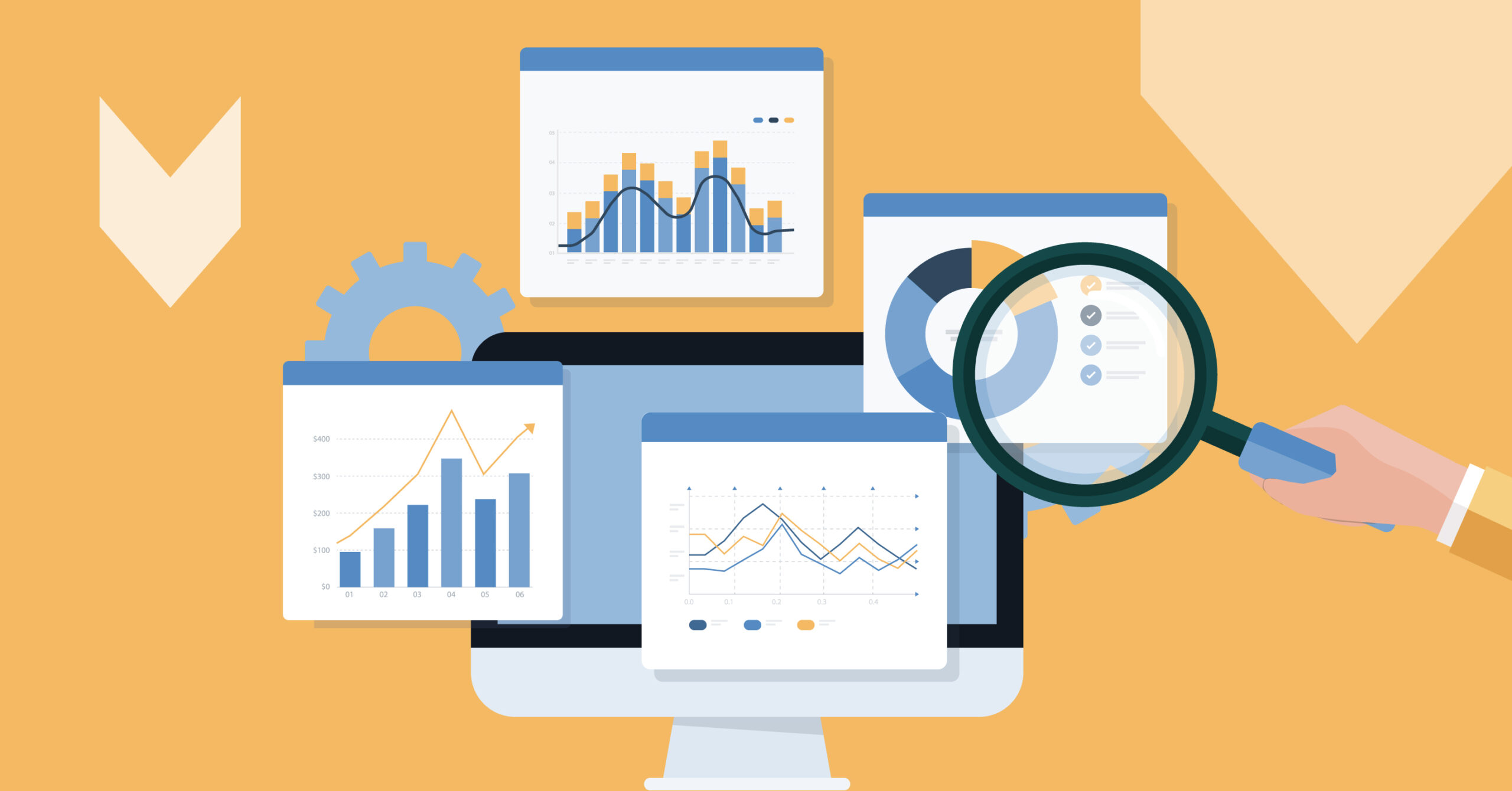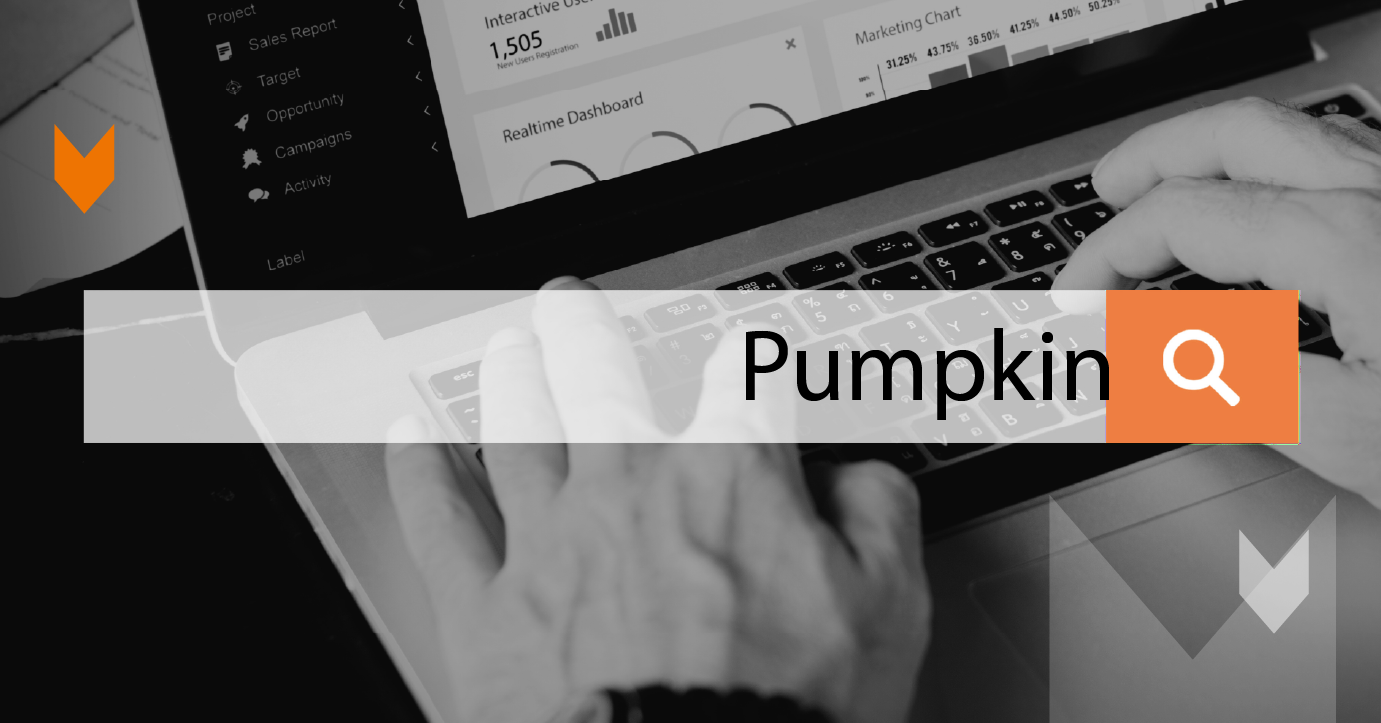The Data Advantage – Turning Last Year’s Insights into Q1 Wins

Every year businesses invest time, resources, and budget into marketing, but far fewer extract the full value of the data they collect along the way. Campaigns and content may end, but the insight they leave behind is one of the most valuable tools you own going into a new financial year.
Instead of starting Q1 with a fresh brainstorm or the latest trend, the strongest approach is often to start with something you already have: your own performance data.
Key B2B Insights
To build a forward-looking strategy for Q1, it’s essential to start with an understanding of what shaped B2B marketing in 2025. This data reveals how decision-makers discover, engage, and convert in the current market; helping you to map your own performance data to wider industry trends.
Brand Visibility:
The way buyers discover, evaluate, and engage with brands continues to change, and digital visibility is shaping the pipeline earlier and more powerfully than ever. Understanding how people move through your digital ecosystem helps you to understand and optimise the buyer journey, reduce friction, and increase conversions.
Research shows that 32.9% of internet users aged 16+ discover new brands, products, and services through search engines, so understanding how visible your brand is, and how people behave when they find you, is essential.
For some tips on developing a robust SEO strategy, you can read our blog on the topic here.
Similarly, the top ROI drivers for B2B brands in 2025 were:
-
Website, blog and SEO activity
-
Paid social content
-
Social media commerce tools
Video Content:
In 2025, we’ve also seen a noticeable rise in demand for animation-based content. As short-form video platforms such as TikTok continue to influence how information is consumed, audiences are increasingly gravitating towards fast, visual and highly digestible content formats. This shift is encouraging B2B brands to rethink how they communicate complex messages, with animated storytelling emerging as an effective way to simplify information, maintain attention, and create memorable digital experiences.
And with 95% of businesses planning to use video marketing by 2026, it’s clear that content performance metrics today will shape competitive positioning tomorrow.
How to Use Last Year’s Data to Shape Your Q1 Strategy
1. Identify what actually worked
Look back at your marketing channels and ask:
-
Which blogs or pages attracted the most organic traffic?
-
Which paid campaigns generated meaningful leads (not just clicks)?
-
Which emails produced replies or actions rather than opens?
Why it matters: This highlights your audience’s real interests and intent, so you can focus content on what your buyers genuinely care about.
2. Review user behaviour
Use website analytics and CRM data to evaluate:
-
Where users entered your site and where they exited
-
How long they stayed on key pages
-
Which paths led to enquiries or downloads
Why it matters: Understanding how people move through your digital ecosystem helps you optimise the buyer journey, reduce friction, and increase conversions.
3. Align content to proven audience demand
Once you know which topics performed best, plan content that:
-
Builds on high-engagement themes
-
Updates existing strong pages (instead of recreating them)
-
Repurposes proven material into new formats such as video or gated content
Why it matters: You create relevance faster and with less cost!
4. Use channel performance to guide spending
If organic and SEO activity delivered the highest returns, invest in:
-
Search-led content
-
Technical SEO improvements
-
Long-form expert resources
If paid social worked best, consider:
-
Retargeting based on behaviour
-
LinkedIn audience segmentation
-
Thought leadership video formats
Why it matters: Your budget becomes strategic, not experimental.
But It's Not All About Digital
Even as digital channels continue to dominate awareness and engagement, it’s important to recognise that strong brand impact goes far beyond what happens on a screen. While SEO, paid campaigns and social content are crucial, they only perform at their best when supported by clear, consistent and high-quality design across every touchpoint, online and offline.
Brand perception is built through a cohesive experience, and that includes:
-
Visual identity and brand systems
-
Sales decks, product literature and printed materials
-
Exhibition stands, event branding and physical collateral
Digital channels help to attract and nurture prospects, but design is what makes a brand feel credible, trustworthy, and memorable wherever it’s encountered.
For many B2B organisations, the decision-making moment still happens in person and when design is aligned across both digital and physical assets, it reinforces professionalism, clarity, and confidence. Exactly what buyers are looking for when evaluating long-term partnerships.
To read more about design and how it helps your ROI, read our blog on the topic here.
As we move into 2026, the brands that thrive won’t be those chasing every trend, but those who listen to their own data, act with purpose, and communicate with clarity. Digital channels will continue to drive discovery and engagement, but true differentiation comes from pairing insight-led marketing with strategic creativity across every brand interaction.
Whether it’s refining SEO content based on proven behaviour, investing in animation to meet modern viewing habits, or investing in design across digital and physical touchpoints, the goal remains the same: create meaningful, consistent experiences that build trust and accelerate decision-making.
Data tells you what matters. Creative makes it memorable. Strategy turns it into growth.
If you have a project in mind and feel you could use some expert help, fill out the form below, and one of our marketeers will be in touch!




